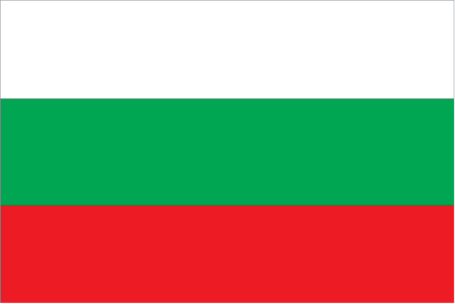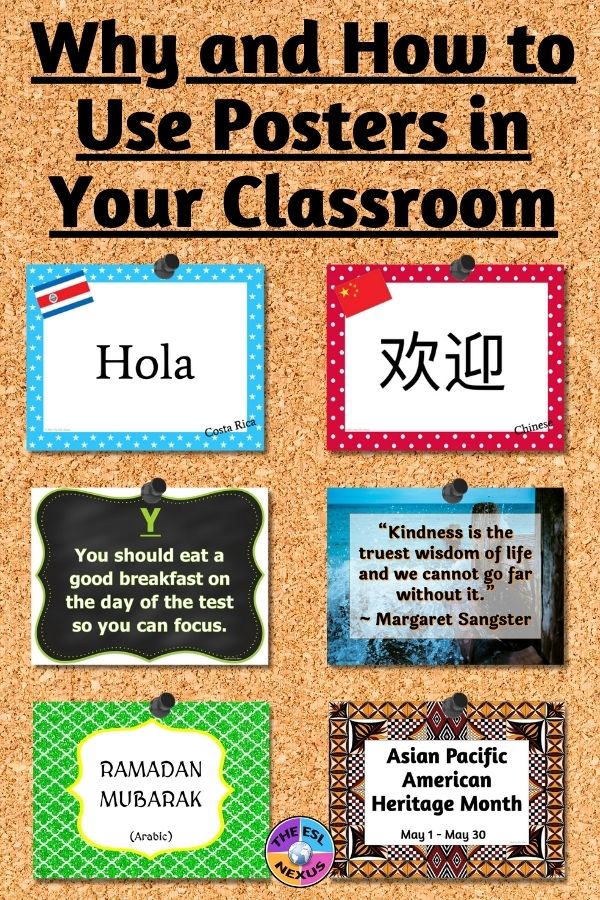Eastern Europe is a part of the world I’ve always wanted to visit because that is my ethnic heritage. My paternal grandmother emigrated from what was then the Austro-Hungarian Empire and other relatives came from other countries, so I know a little about those places.
However, I have no experience with the country today’s guest blogger worked in so I am pleased to welcome Betsy Potash, from TpT store Spark Creativity, to tell us about education in Bulgaria. Betsy is an American who taught 10th and 12th graders, aged 16-17 and 18-19, respectively, for 2 years in Sofia, the capital of Bulgaria.
 |
| Map of Bulgaria; source: The CIA World Factbook |
In her own words:
The School Calendar
The school calendar is similar to the American calendar, with school beginning late August and ending early June. However, there are MANY Bulgarian holidays in honor of various saints, and the government will frequently add days off to turn these holidays into a long extended weekend.
While we were there, school also closed for a week due to swine flu and a week due to a power outage when Russia cut off their oil pipeline to the Ukraine.
 |
| Cookies from Betsy’s favorite bakery; source: Spark Creativity |
The school day was similar to an American school day, however the student schedule was unusual in that they were usually taking fifteen or so different classes. (More on that later!)
Structure of Schools
The public school system is widely recognized as the worst in all of Europe
The school where I taught, the American College of Sofia, was an alternative to public education. It’s a private American school and differs from many international schools in that it primarily exists for Bulgarian students, not international students.
 |
| Partial view of Betsy’s classroom; source: Spark Creativity |
Students could take a test after 7th grade and the highest scorers in the nation were accepted to the school regardless of their ability to speak English. Eighth grade was taught with a heavy ESL emphasis and then students went on to take the American curriculum as well as the Bulgarian curriculum in 9th – 12th grades.
Teaching EFL and English Language Arts
English is the language of instruction, though many students enter the school speaking only Bulgarian. In 8th grade, four periods of the day are devoted to ESL and students have two core ESL teachers — one international teacher and one Bulgarian teacher. They spend two periods apiece with each teacher, and the 2 teachers communicate closely. After 8th grade, there is no more ESL support. In general, it’s really not needed. I had only one student in two years that I felt was not fluently understanding everything in my classroom, and I just had to help her as best I could, since there was not a scaffolded system of support beyond eighth grade.
I taught several courses, including 10th grade English, 12th grade I.B. English, an English conversation class for seniors, and a blogging elective. My students were incredibly bright and wrote on or above the level of my American students.
 |
| Click HERE for more info; source: Spark Creativity |
I did design an outside reading program there to help my Bulgarian students embrace English literature. It’s hard to do your “for fun” reading in your second language, so I enjoyed coming up with contests, challenges, displays, and even an outside reading festival to try to spark their enthusiasm for English literature.
Requirements for Becoming a Teacher
I’m afraid I don’t have any information on how Bulgarian teachers pursued their professional requirements. But as an international teacher, I only needed to have experience in my field and education in my subject. No particular form of certification was required. Though some international schools require the same certification public school teachers in the United States have, many do not. We used the agency Search Associates to find a job, as they cater to many international schools that do not require certification.
 |
| For more info about teaching overseas, check out this resource; source: Spark Creativity |
My husband went through the CELTA program for teaching ESL before we came (he was previously a history teacher) and became one of the 8th grade core ESL teachers. He took a six-week intensive course in Oxford, England, for this certification, and he was really glad he did.
Curriculum
Our students took an astonishing amount of classes in high school, including the standard slate of American classes and then also Bulgarian history and language and the Bulgarian standard of three sciences every single year – biology, chemistry and physics. Many of their classes met just once or twice a week, but they had to maintain the work, reading, and organization necessary for each course. Many students additionally took several electives in their favorite subjects.
My teaching there was just like here. I focus a lot on creative, project-based learning and my students loved it there. We did poetry slams and radio shows, one-act play festivals and reading festivals. We read and discussed literature and did tons of writing activities.
 |
| View of Sofia; source: Pixabay |
Testing
The seniors took a national exam, but we did not administer it at our school. The rest of the students took final exams in randomly assigned classrooms throughout the school. There was a TON of care given to preventing cheating, which was a rampant problem in Bulgaria. I once had a parent refer to me as a “silly American girl” because I was upset that his son had plagiarized an entire essay.
Final Thoughts
Education Around the World: BulgariaI was continually impressed by the creativity and joy my students brought to the classroom, but also often frustrated by the pessimism and corruption that pervades the country. Cheating is a major problem in the student culture, since “cheating” is basically necessary to get things done whenever dealing with public services, police, government officials, etc.
 |
| Scenes from around Bulgaria; source: Spark Creativity |
And yet, despite some bleak aspects of the environment, discussing literature with my students there was a real joy. And so was dancing in the Bulgarian dance group, coaching 8th grade softball which they did just for fun, teaching faculty tennis clinics, preparing the American Thanksgiving meal to share with Bulgarian faculty, and so much more.
I would certainly recommend the experience of teaching abroad. Though adjusting to a whole new country took some time, my husband and I had an incredible experience. We visited over twenty countries in our two years overseas and we gained a new global perspective on the world.
 |
| Bulgarian flag; source: The CIA World Factbook |
Thank you very much, Betsy, for describing what teaching at an international school in Bulgaria is like. You can read more about Betsy’s experiences in her blog From Another Angle and watch a short video she made about her school. You can also find Betsy on Facebook and at her TpT store, Spark Creativity.
You can find more posts in this series by clicking on these links to read about education in: British Columbia (Canada), New Zealand, Australia, Morocco, Sweden, England, United Arab Emirates, Scotland, Quebec (Canada), and South Africa.
May 29, 2017




